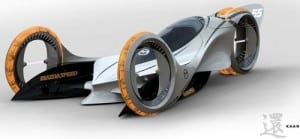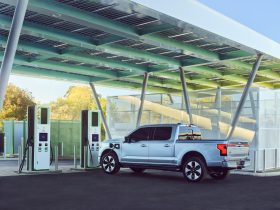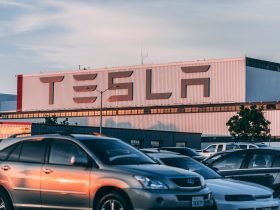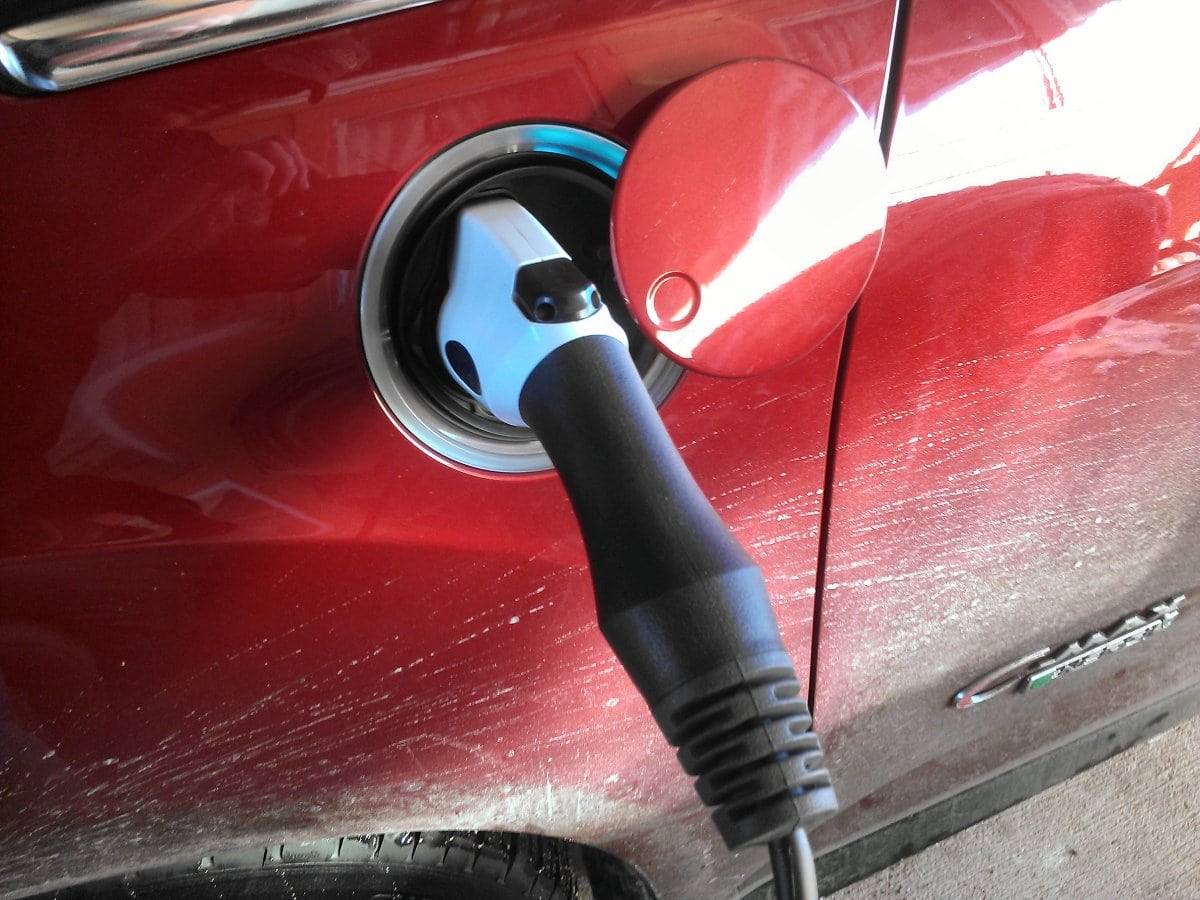
It’s hard for many to imagine the electric car came first. In fact, it’s hard for most to think Ferdinand Porsche’s first car was electric, his second, a hybrid. When we look at the history of transportation, there have always been two kinds of people, those who love to go faster, further in a more efficient way, and those who like it the way it is.
From legs to horses
It might hard to image that at one time, our legs were all that was needed to live on this planet. Life was simple, but wouldn’t we go further and faster if we could harness them running horses? A few went about befriending horses, who didn’t want to have anything to do with us, at great expenses. Many believed that if it was to be intended to ride horses, we would have been born with four running legs. Such nonsense passed, and the people on horses greatly improved the lives of others.
From steam, to electricity and gasoline
The only noteworthy evolution after the horse was to putt a carriage behind so that we could move more people over greater distances. Later on, some realized steam could be harnessed to move carriages. That infuriated many horse transportation lovers. Still, life goes one and trains were developed bringing even more people over greater distances.
Then another few illumined souls rediscovered the fundamental of magnetic attraction and repulsion and decided to apple the principle on a spinning axis. The electric motor was born and was put to good use, since it was smaller and much less complicated than the steam engine. But the steam engine lovers, bless their souls, cried foul. Eventually the steam engine no longer is moving people around.
Then something went terribly wrong. Some scientists discovered that by refining dinosaur poop, you could burn it and replace whale oil. Eventually others fund this rot could be distilled and used in a steam piston. All the sudden, there was another version of the opposing piston, but this time burning oil inside the cylinder with much noise and smoke. The good folks who believed in electricity cried foul, rightfully so. Why would anyone want to replace the quiet and clean electric motor for this belching loud engine.
If we build enough gas stations, they will have to use them…
It’s a wonder how we transitioned from a 40 mile range, 100% full torque electric motor to the highly inefficient and smoky gasoline engine. Back then, a 12L displacement (730 c.i.) would put out a paltry 20 HP. It took a very long time for this awkward system to refine, but it wasn’t without the help of petroleum companies.
Now, petroleum companies are often blamed for every evil on this planet. But let’s face, most corporate officers don’t care what you think. Petroleum played an amazing role in our history, it cemented the industrial revolution and gave us time to spend on education instead of tiling the land. Our clothes are made with petroleum, so are the soap bars and shampoos you use (not me), and even plastics and the food coloring you eat starts from petroleum. Why would you eat and put dinosaur refined excrement on your skin? And where would we be today, without dinosaur poop?
The gasoline engine didn’t take hold without the help of the deep pockets from the early Petroleum companies who convinced Ford Senior to stop building those darn electric cars. Ford told them that they worked very well, so why should he make gasoline engines when no fuel stations were to be found? Sounds familiar? The petroleum companies told Ford they would build fueling stations every 40 miles, and Ford agreed. Sounds familiar, again?
Tomorrow, we’ll look at the evolution of the electric car, because even if it might not seem like much happened, electric vehicles (EV) evolved slowly from 40 mile range carriage to the fully functioning electric cars we have today.







